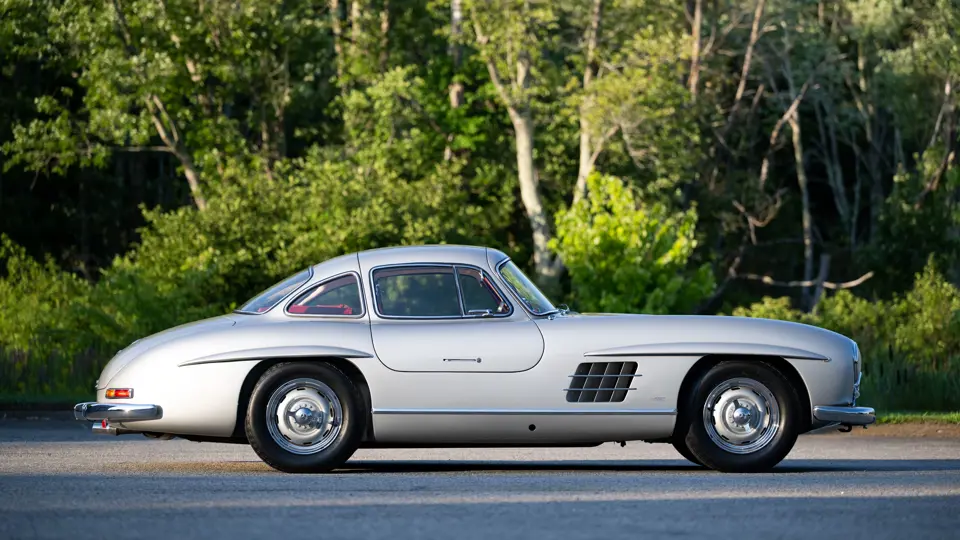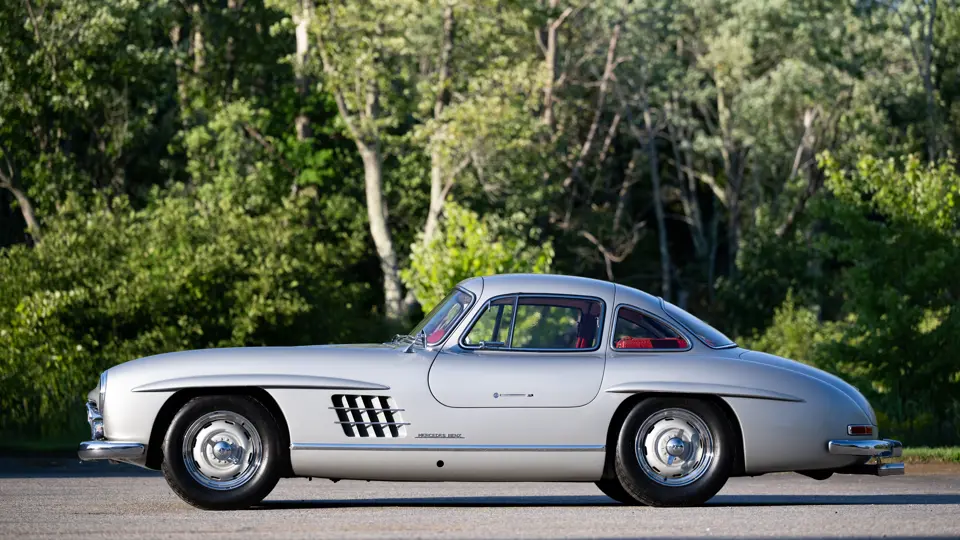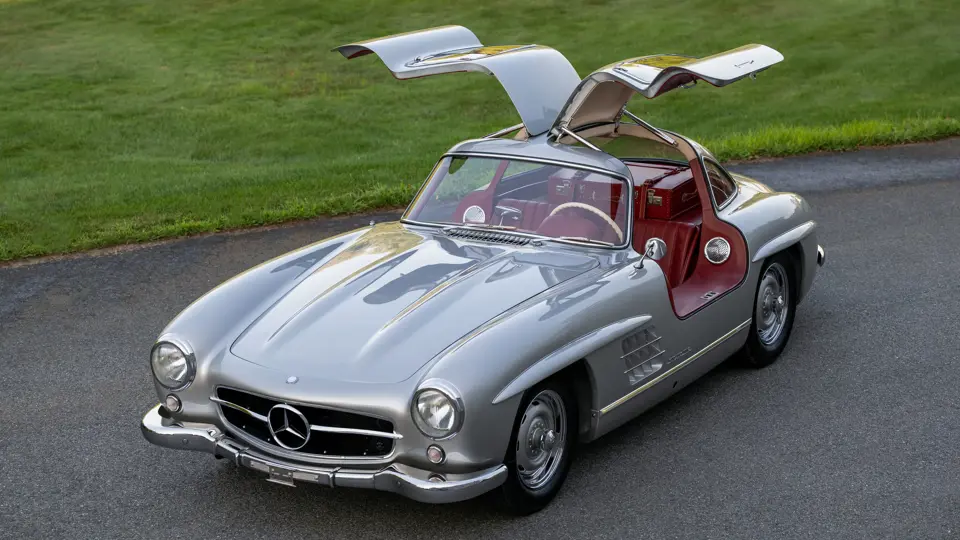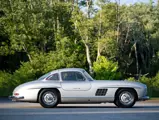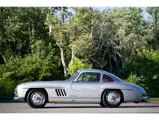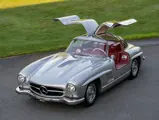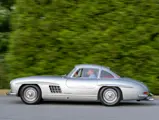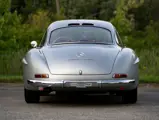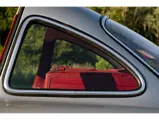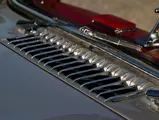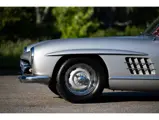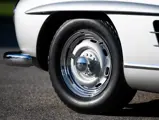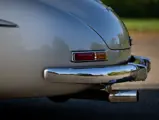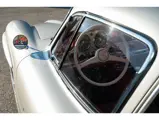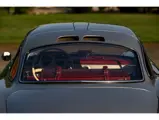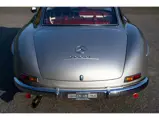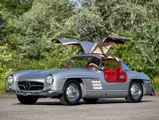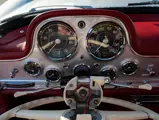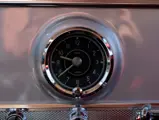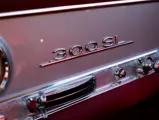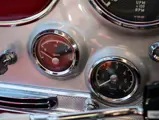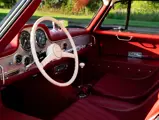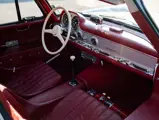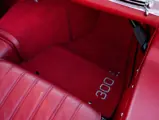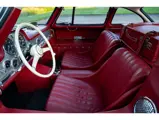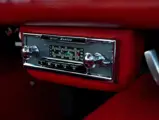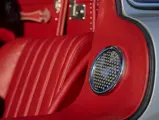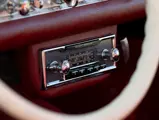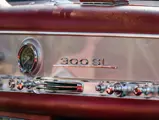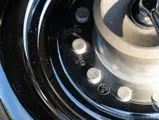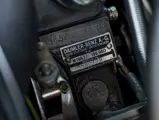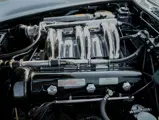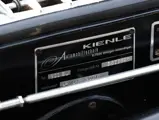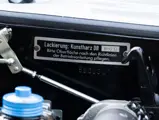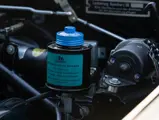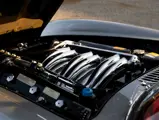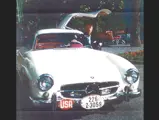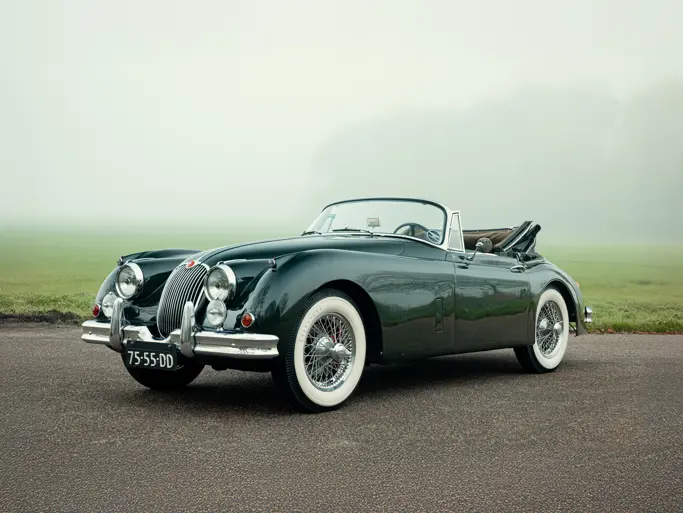
1955 Mercedes-Benz 300 SL Alloy Gullwing
{{lr.item.text}}
$5,010,000 USD | Sold
Offered from the Pinnacle Portfolio Collection
{{bidding.lot.reserveStatusFormatted}}
- The 21st of only 29 aluminum-bodied 300 SL examples originally produced; the “holy grail” among all Gullwings
- Special production counterpart to the 300 SLR "Uhlenhaut Coupe," the world’s most valuable car at nearly $150 million
- The legendary Mercedes-Benz equivalent to Ferrari’s 250 GTO
- Features the most desirable factory upgrades and options, including Sonderteile motor, sport suspension, and Rudge wheels
- Restored by world-renowned specialist Kienle Automobiltechnik
- Offered from the Pinnacle Portfolio Collection
“The best way to predict the future is to create it.”
Alan Kay (born 1940), Computer Scientist
In 1954, decades of incremental technological development, design, and success on the racetrack by Mercedes-Benz—inventor of the automobile and the dominant brand in automotive innovation—culminated with the launch of the most iconic car of all time, the 300 SL “Gullwing.” Instantly changing the game, it shifted the paradigm in automotive design and performance forever.
After names such as Stirling Moss and Juan Manuel Fangio, racing heroes indelibly etched into the automotive history books, had achieved unprecedented success in competition with the 300 SLR (W196S), Rudolf Uhlenhaut’s engineering brilliance saw these pure racecars take production form in the 300 SL “Gullwing” Coupe of 1954. The 300 SL was a fully road-legal production car, yes, but it was also so much more than that: Beneath its shapely skin was an Uhlenhaut-designed, racing-style tubular chassis, and its styling fundamentals would be closely mirrored in the gullwinged 300 SLR “Uhlenhaut Coupe,” which recently became the most valuable car in history after a $150 million RM Sotheby’s sale.
As the fastest production car in the world upon its debut, the 300 SL clearly had Silver Arrow dominance in its DNA. In sum, the Gullwing was an exquisite reflection of Mercedes-Benz’s position at the pinnacle of the automotive space in the mid-1950s, exceeding all that Ferrari, Jaguar, Alfa Romeo, and Aston Martin could throw at them.
More than 60 years later, it is for good reason that “Gullwing”’ is a name that resonates with everyone, not simply car collectors. It transcends generations, connects old with new, and is both classic and sporty. It can be found in lyrics of hip-hop songs, Hollywood cinema, and even Andy Warhol pop-culture contemporary art. DeLorean’s futuristic car pulled the Gullwing doors in the 1980s—as did Tesla in the 2020s with their Model X. All serves as recognition of the incredible, outsized impact of the Gullwing, a car that was only ever owned by the fortunate few.
BRED FOR COMPETITION
In the 1950s, as in the modern era, Mercedes-Benz understood that its clients valued exclusivity, so they limited Gullwing production to 1,371 standard cars. For dedicated racers, as well as those sophisticated enthusiasts who wanted the almost unattainable, the factory minted an additional 29 competition-bred special-order cars with a lightweight alloy body, a more powerful engine, and other bespoke options. These were the 300 SL Alloy Gullwings: The 300 SL variants most directly linked to the world-beating 300 SLRs, and cars that—even in comparison to their already desirable steel-bodied counterparts—have long been the ultimate prizes for the world’s top collectors.
Distinctive in many ways from their standard steel-bodied brethren, these incredibly rare and historically significant Alloy coupes thrived at fulfilling the purpose for which they were built. All the most important race victories achieved by the 300 SL were, in fact, secured by one of these lightweight competition versions of the model (in addition to “secret” works entries and prototypes). Works-supported drivers secured no fewer than 50 important victories in sports car races across Europe and North America between 1954 and 1957. Notable triumphs include the Nürburgring 1000 KM, Tour d’Europe, Mille Miglia, Coppa d’Oro, Acropolis Rally, and Liège–Rome–Liège (as well as multiple SCCA and European Rally championships).
CHASSIS NUMBER 5500786
This rare 300 SL Alloy example was ordered new by Rene Wasserman, an industrialist and sports car enthusiast living in Basel, Switzerland. Research confirms that it is the 21st of those 24 alloy-bodied cars scheduled for production during the 1955 calendar year (although it was actually completed before car number 20). The car’s factory build sheet, a copy of which is on file, notes that Wasserman ordered his new alloy Gullwing with a plethora of special options, including special high-gloss white paint (DB 50), a red leather interior (1079), two-pieces of matching luggage, sports suspension, sealed-beam headlights with separate parking lights, 3.64 ratio rear axle, Rudge wheels and instruments in English, and the Sonderteile (“special parts”) engine with an impressive 215-horsepower output—surely making it one of the most well-specified Gullwings built.
The car was completed on 5 October 1955, and rather than having it delivered to Switzerland, Wasserman picked up the car himself in late November and drove his new 300 SL back home. While it is not known when Wasserman sold the car, by the early 1960s it had been exported to the United States, where its second owner was Jerome Seavey of Chicago, Illinois, followed by John K. Scattergood III, a principal at Blenheim Motors, located in Upper Darby, Pennsylvania.
THE SENATOR’S GULLWING
This 300 SL remained in Pennsylvania with its next owner, Keystone State politician and enthusiast Senator Theodore Newell Wood. Along with representing the 20th District of Luzerne, Susquehanna, Pike, Wayne, and Wyoming counties in the Pennsylvania State Senate, Senator Wood enjoyed sports car racing in his spare time and served as the president of the Hill Climb Association. He also founded the Brynfan Tyddyn Road Races, which were held from 1952 to 1956, with the last year featuring Carroll Shelby as a driver. The SCCA even gave Senator Wood a free lifetime membership for his efforts in sponsorship and participation in racing in the Northeast.
After passing through the hands of Bill Kontes and Joe Marchetti, the 300 SL was acquired by Leslie Barth in 1983. Barth kept the car until 1989. In its next ownership, with Swedish businessman and collector Hans Thulin, it was consigned to Kienle Automobiltechnik in Stuttgart, Germany. One of the world’s foremost facilities, Kienle is known for their restorations of Mercedes-Benzes, and 300 SLs in particular. The car was sold to a German collector, who in turn commissioned Kienle to perform a full restoration. Notably, damage to alloy-bodied 300 SLs is remarkably common, as the aluminum is notoriously thin and can quite literally bend under the pressure of an ill-placed hand. Furthermore, the bodies are known to deteriorate at the mounting points, where aluminum meets steel. As a result, almost all lightweight examples have been reskinned or repaired at some point, and on this particular car, any parts of the body that were irreparable were replaced.
Upon completion, the car was repainted in traditional Mercedes-Benz Silver-Grey Metallic (DB 180) and retrimmed in its original interior color of red leather (1079). As is to be expected, the quality of the workmanship is absolutely superb, with the tremendous attention to mechanical detail and factory-correctness befitting a Kienle restoration.
After passing through a collector in Switzerland, the car was acquired by its current custodian. The Gullwing has been preserved in immaculate condition ever since, with its odometer displaying 2,607 kilometers (~1,620 miles) at time of cataloguing, presumably accrued since Kienle’s restoration. As a result of its limited road use, a recent inspection indicates that to bring the car back to its peak performance level, a light mechanical servicing would be in order. The inspection further revealed the car retains its numbers-matching chassis, engine, gearbox, rear axle, steering box, and front axles.
Undeniably exclusive, this spectacular 300 SL features all of the highly desirable options and accessories one would want on an Alloy Gullwing, including the more powerful Sonderteile engine, sports suspension, Rudge knock-off wheels, special-order upholstery, and a two-piece luggage set executed in matching red leather.
The 300 SLRs have long been regarded by the collector community as being the world’s most valuable cars. This was proved to be true in May 2022 when RM Sotheby’s sold the 300 SLR “Uhlenhaut Coupe” for nearly $150 million. As a special production counterpart, the 300 SL Alloy Gullwing represents the “holy grail” of all Gullwings—and as one of only 29 cars built, this example will instantly become the centerpiece of any truly great collection.
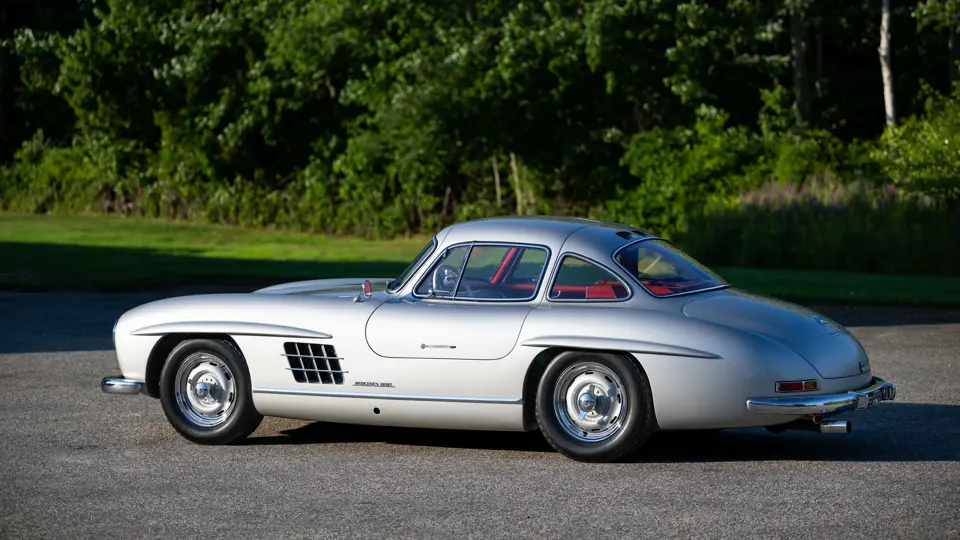



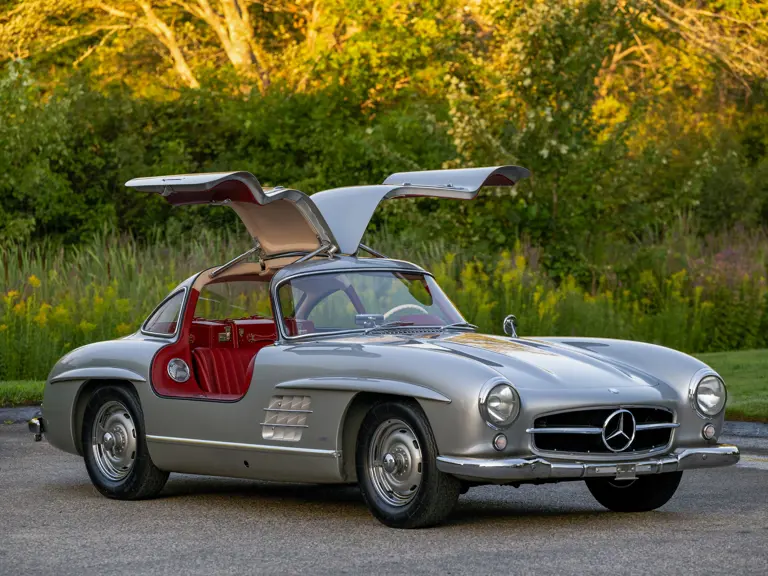
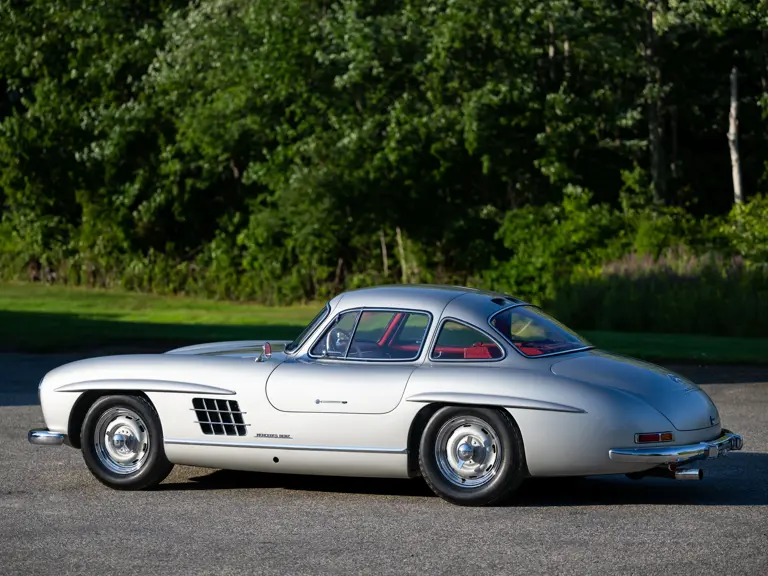
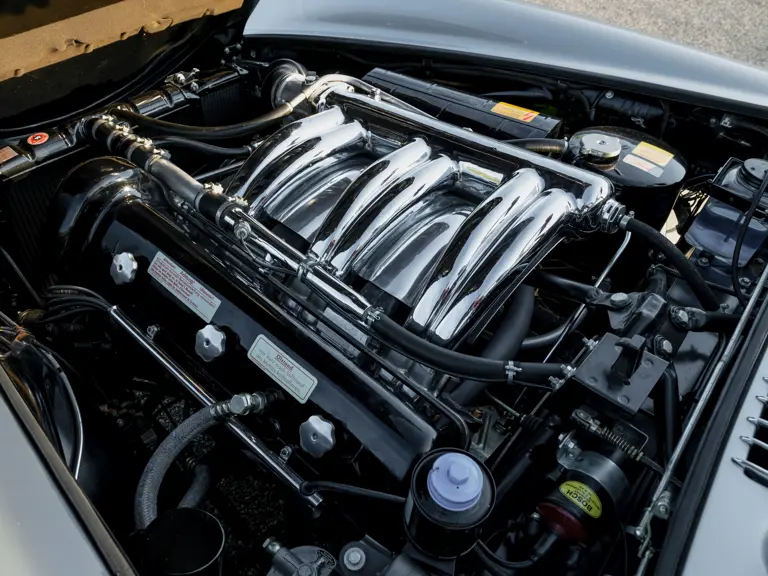
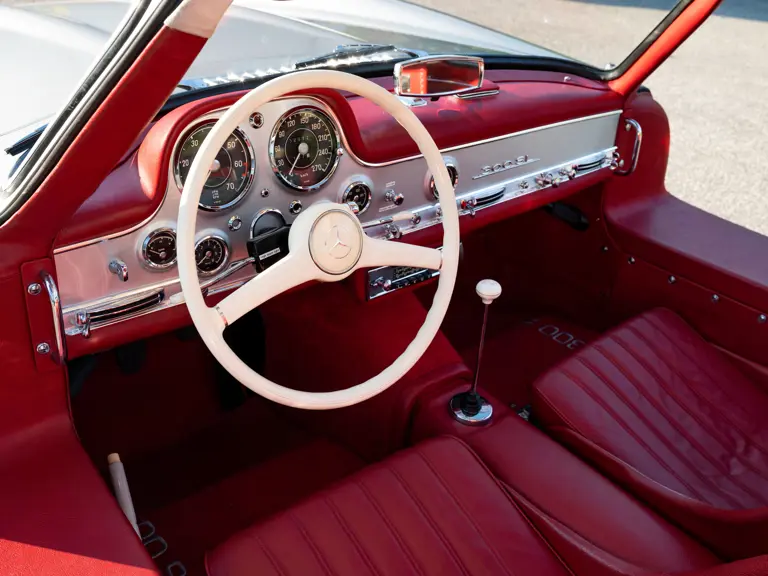


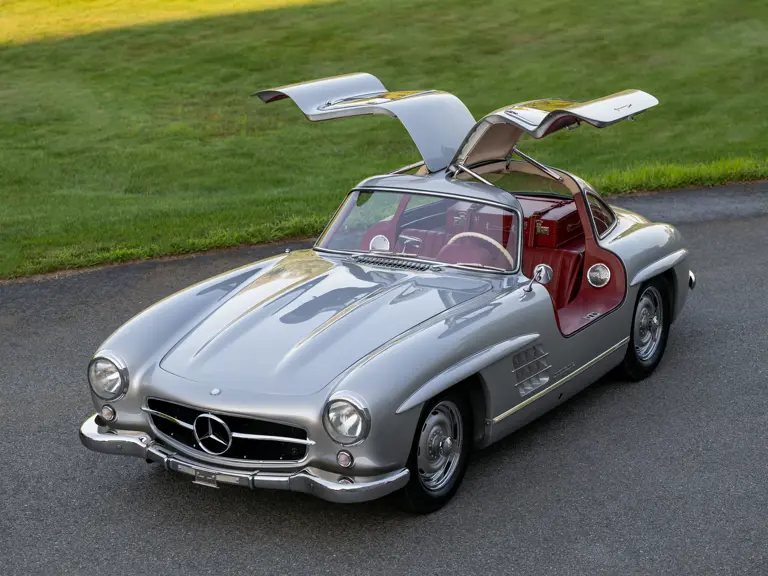
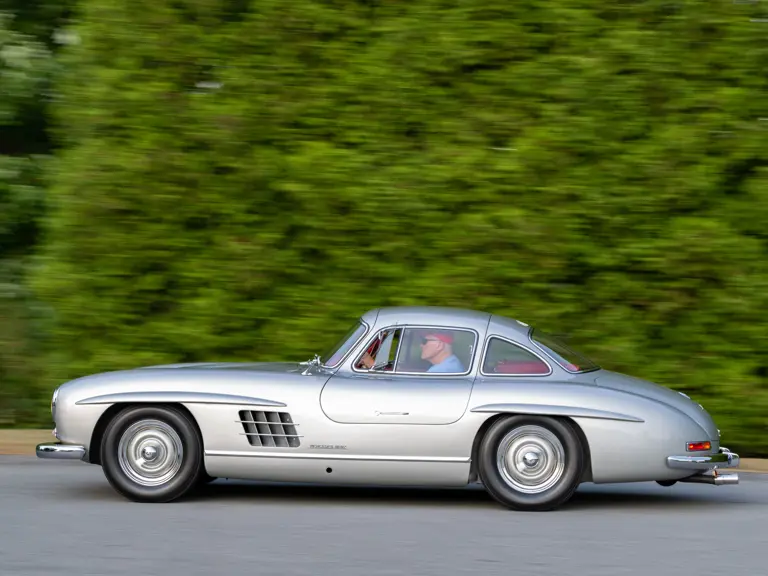

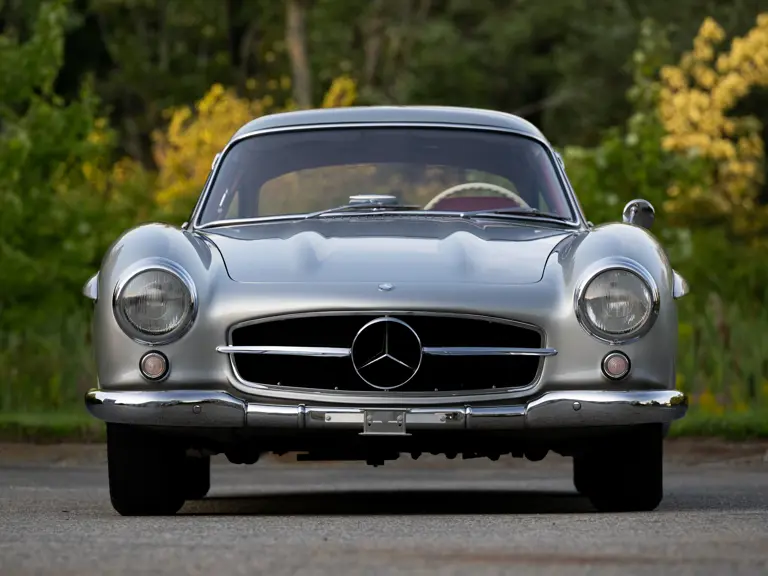

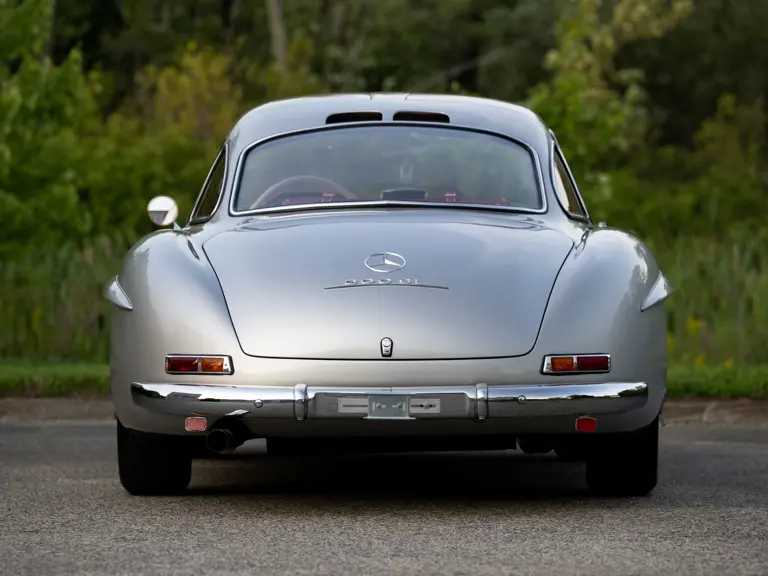



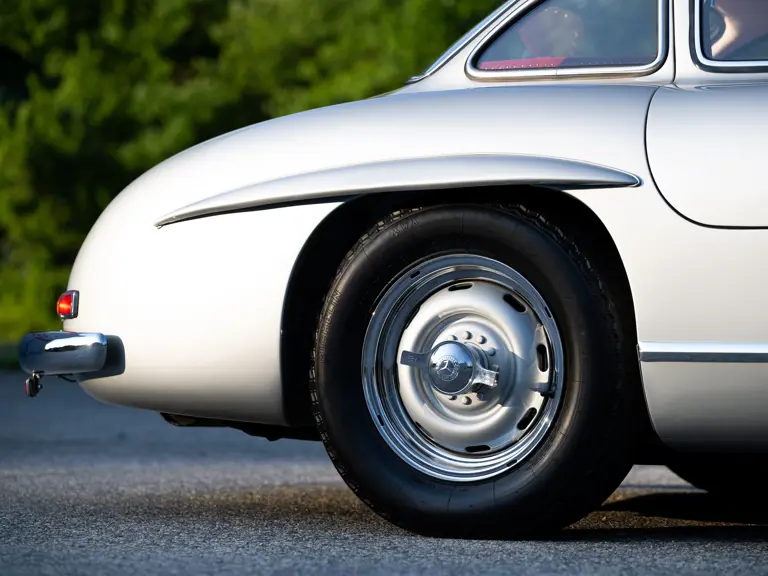
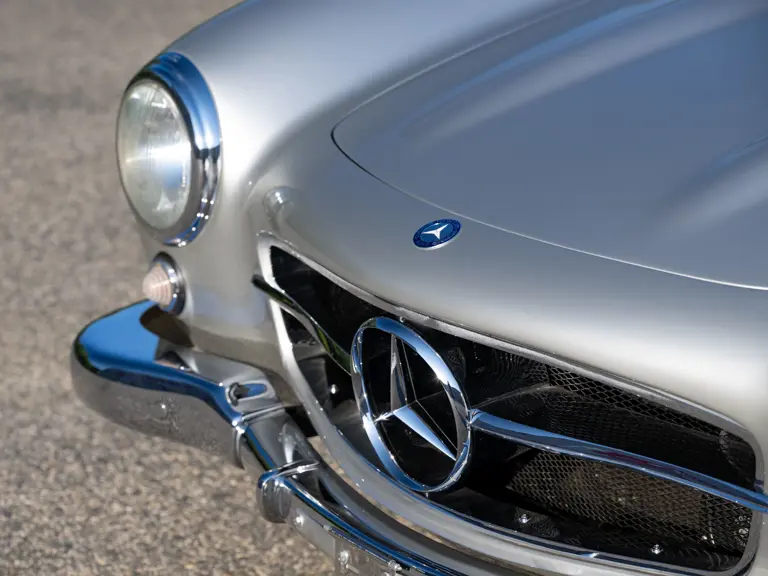
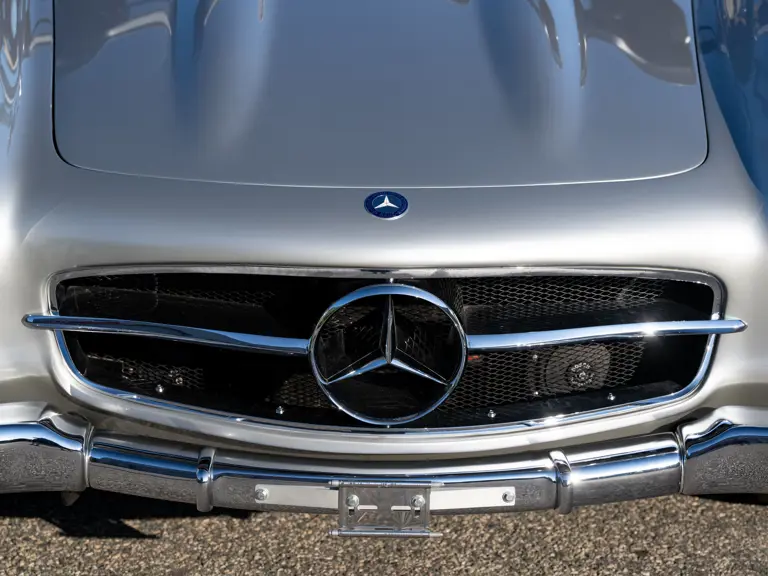
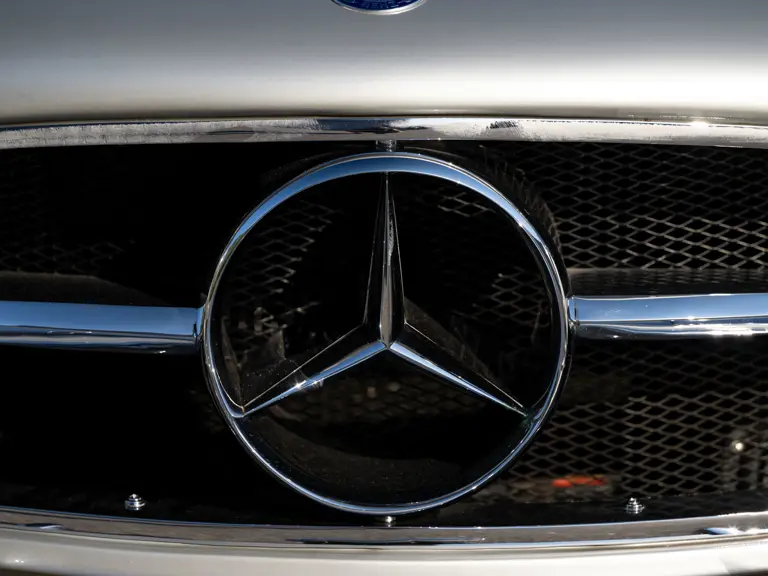
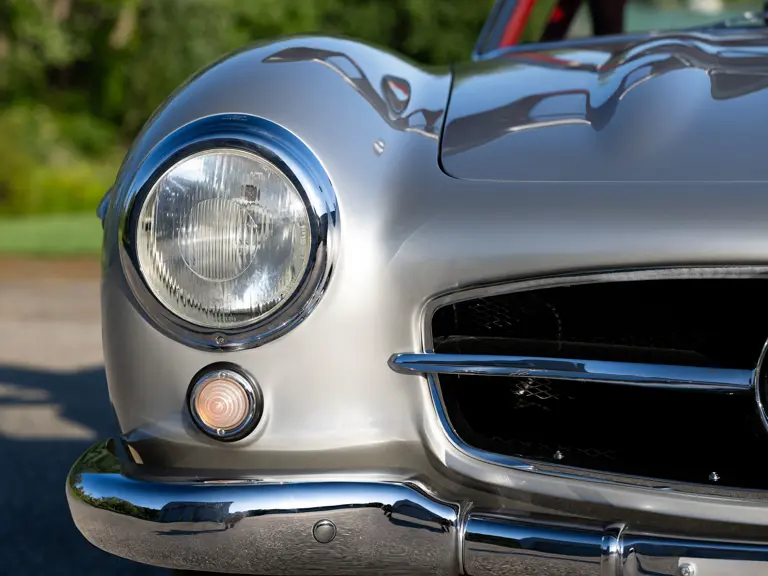


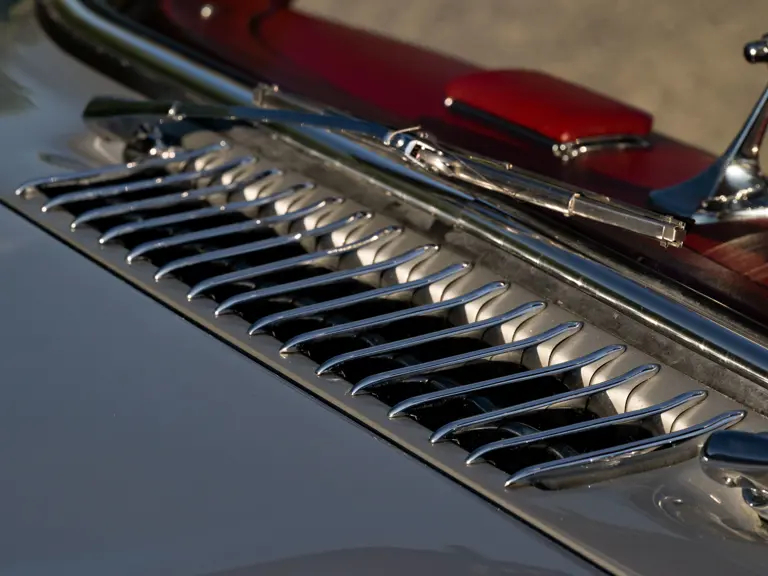
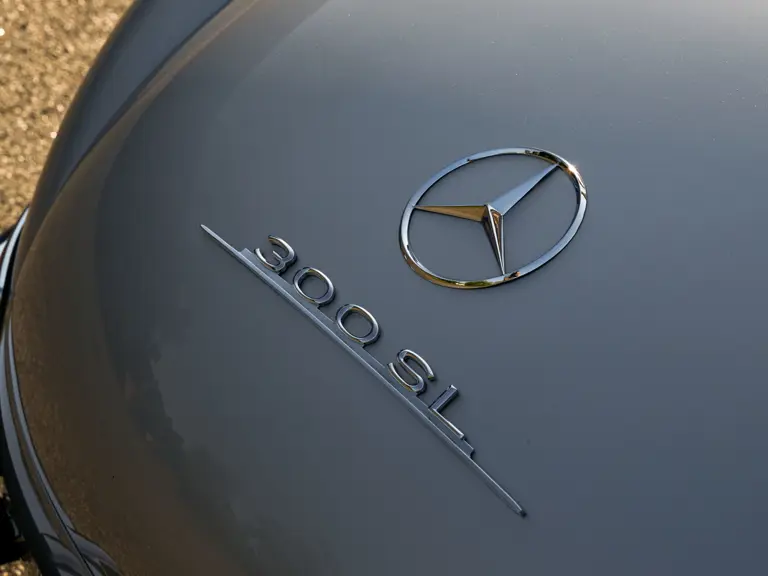
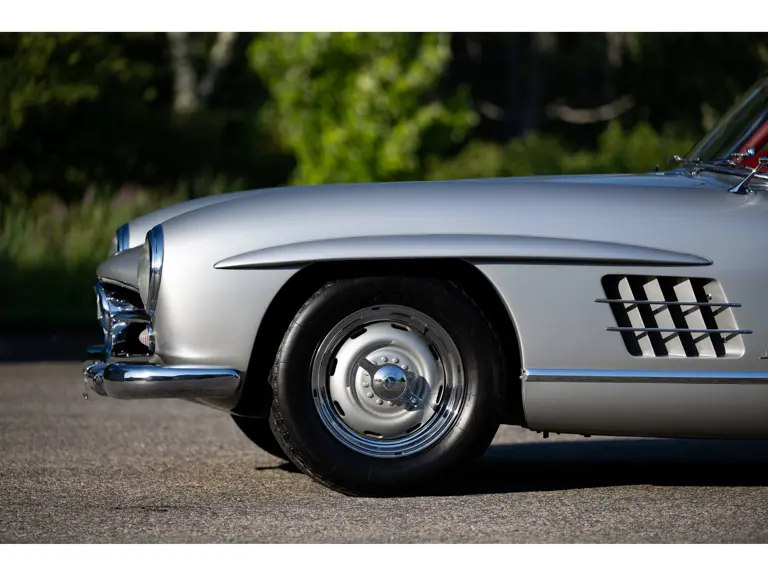

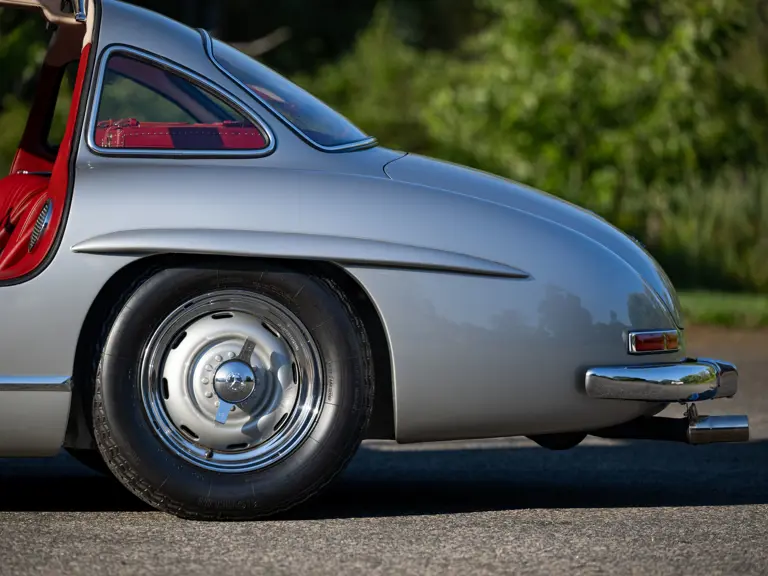

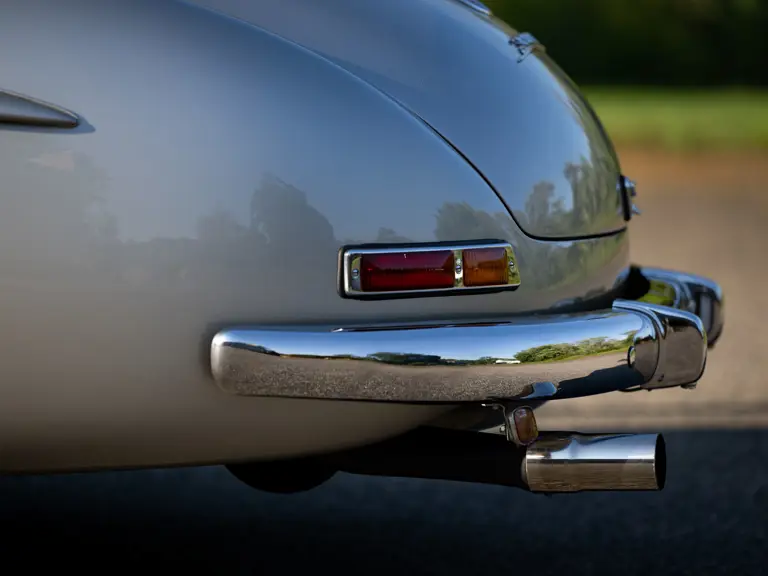
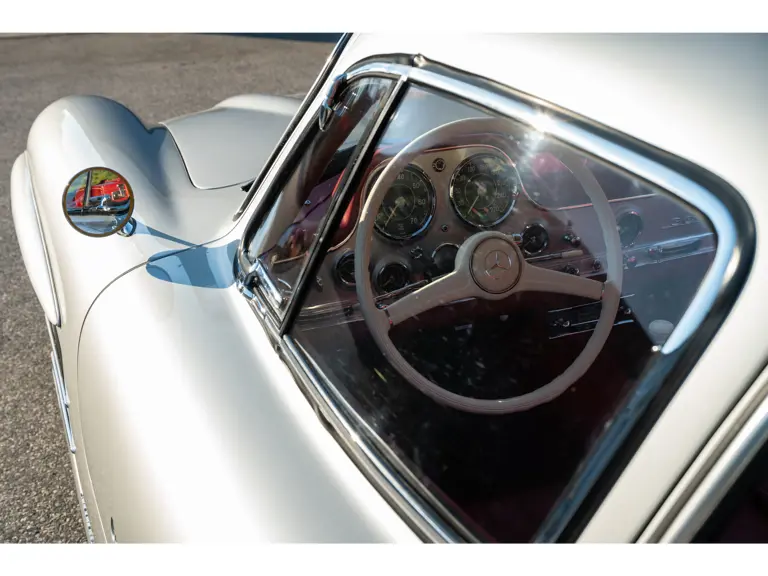
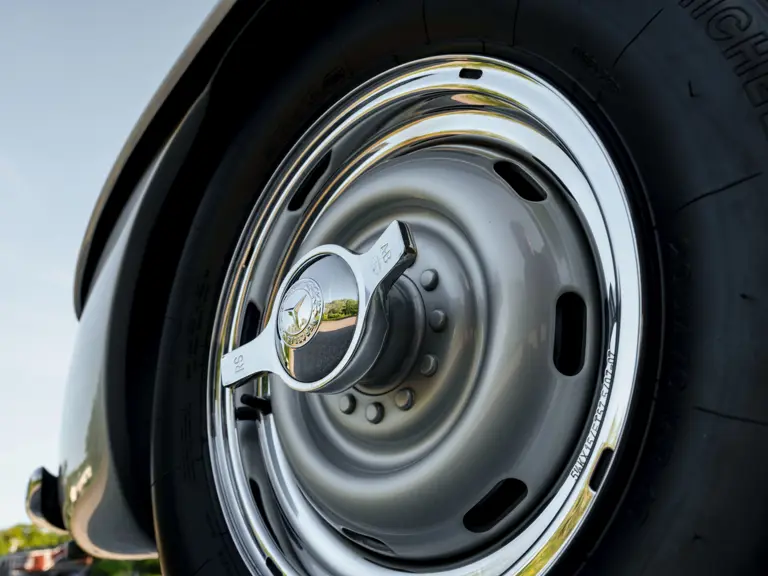

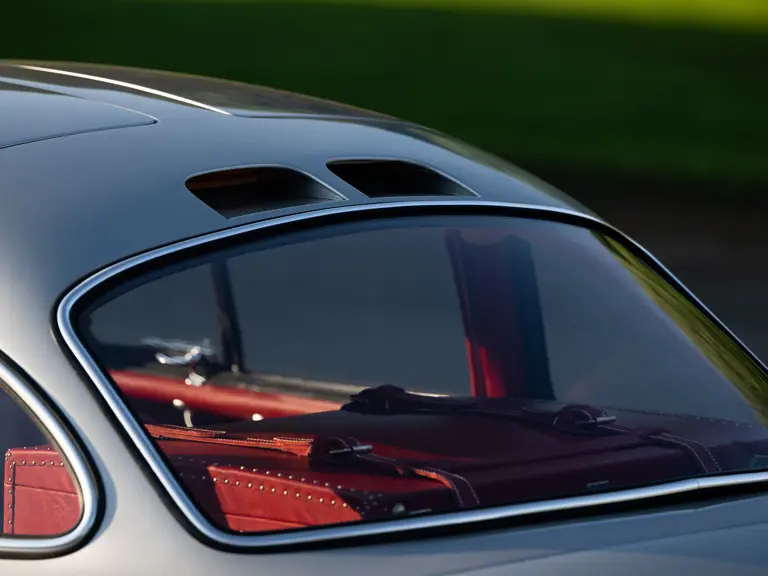
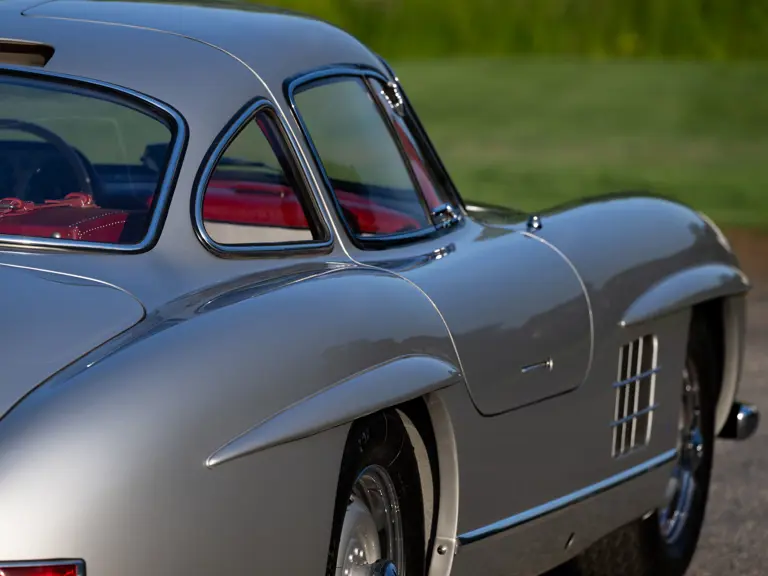
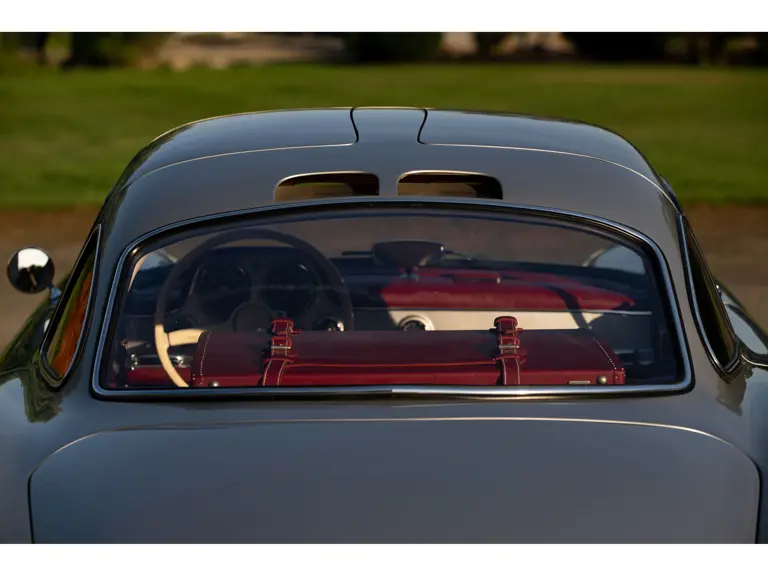
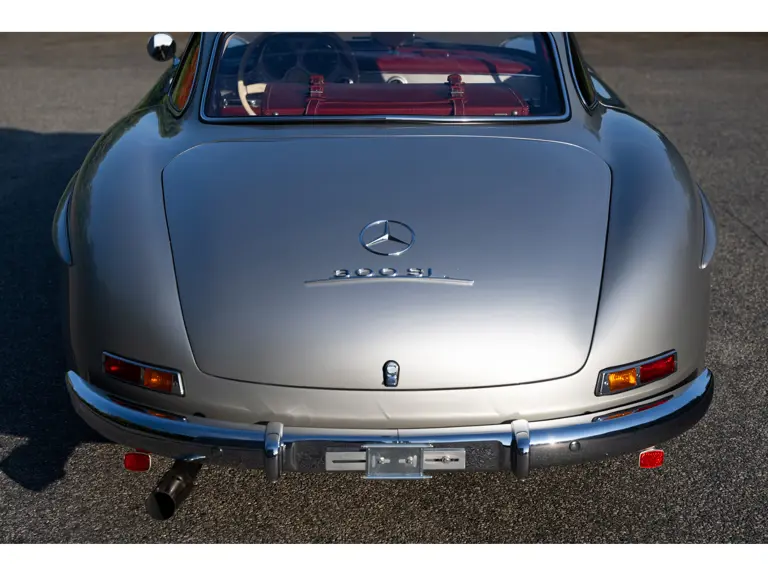
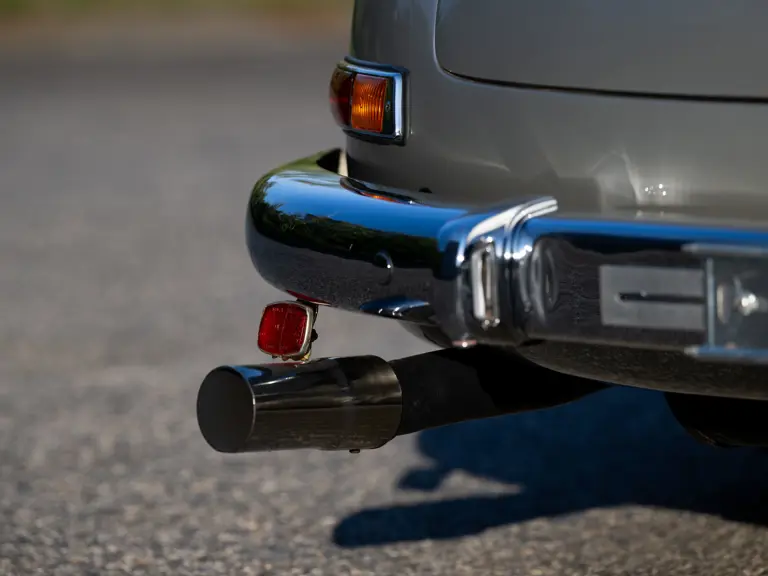
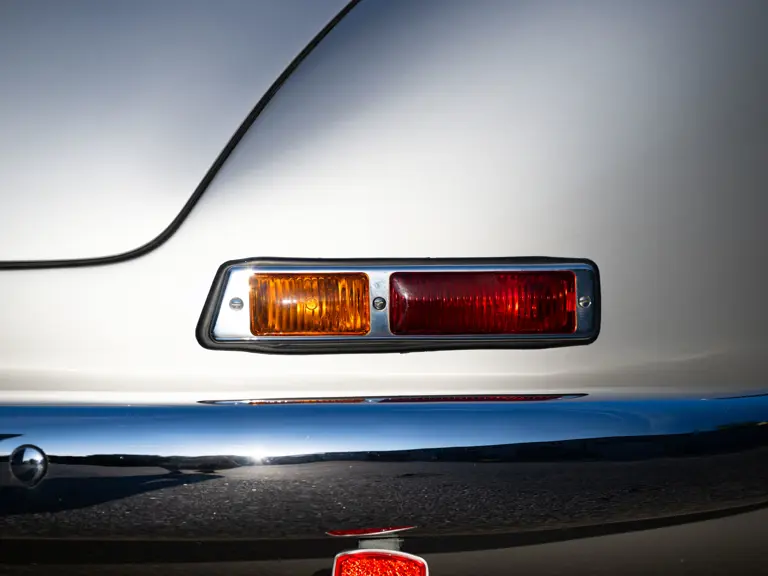
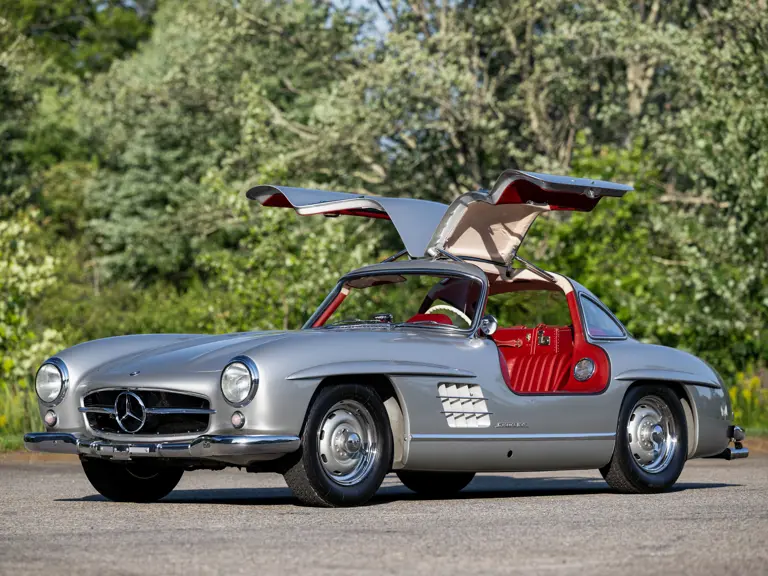
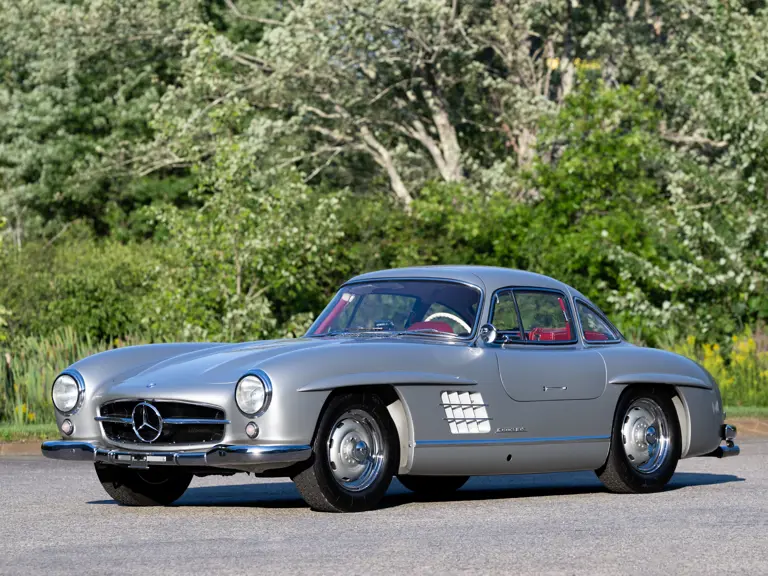
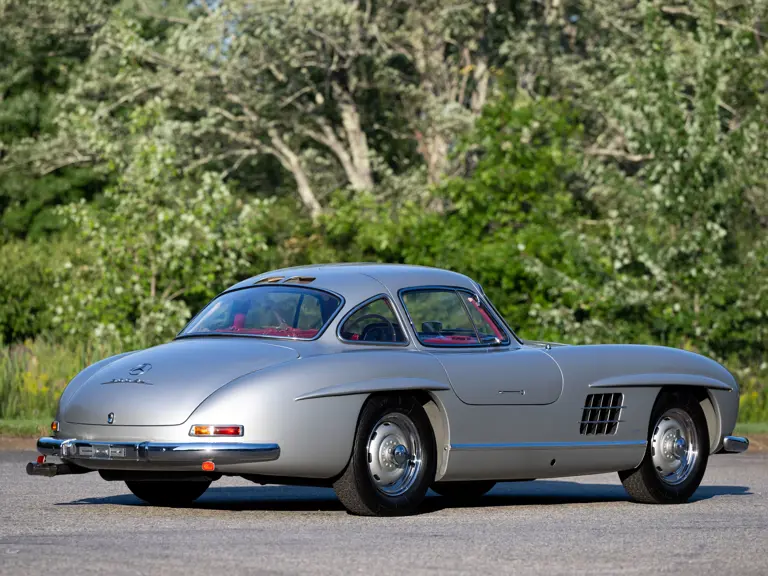
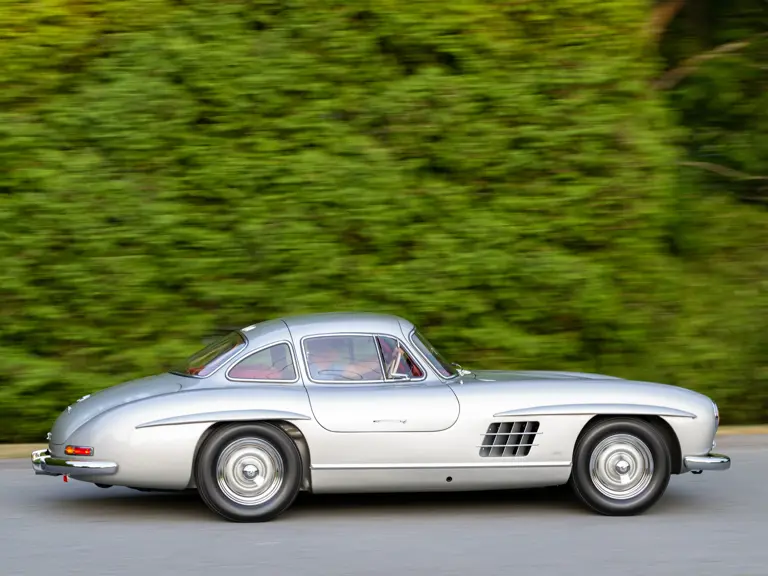
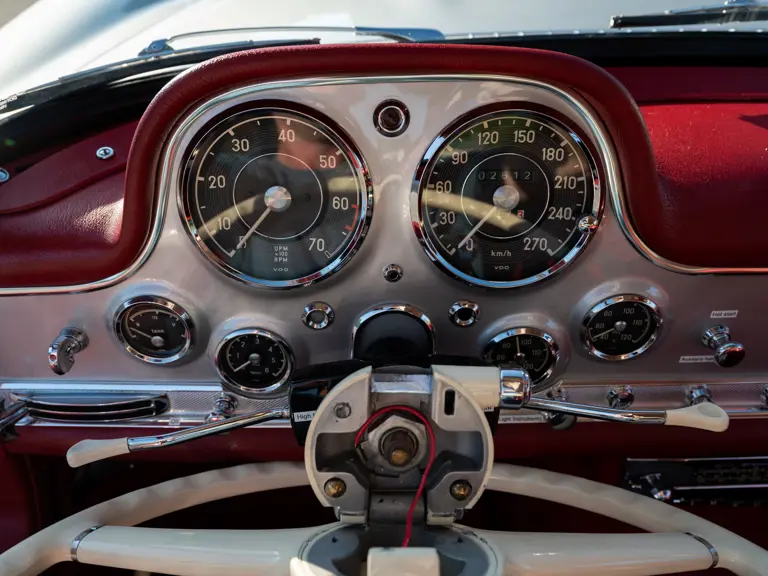
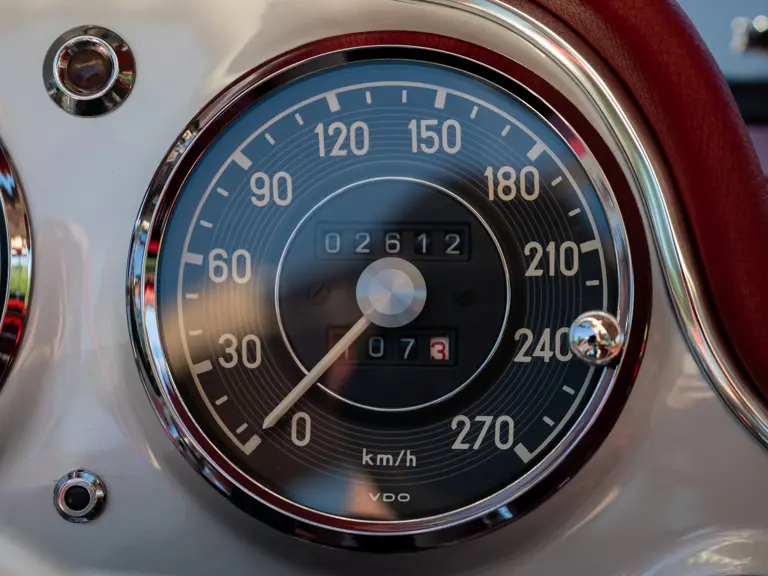

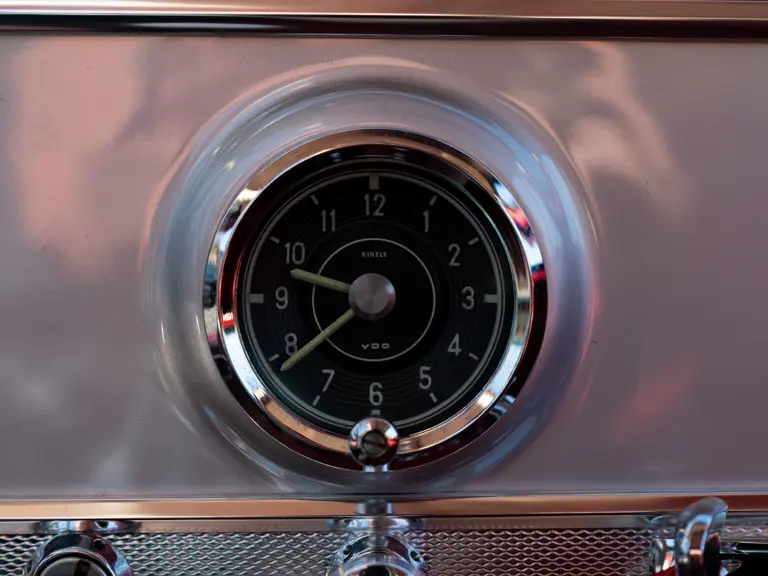
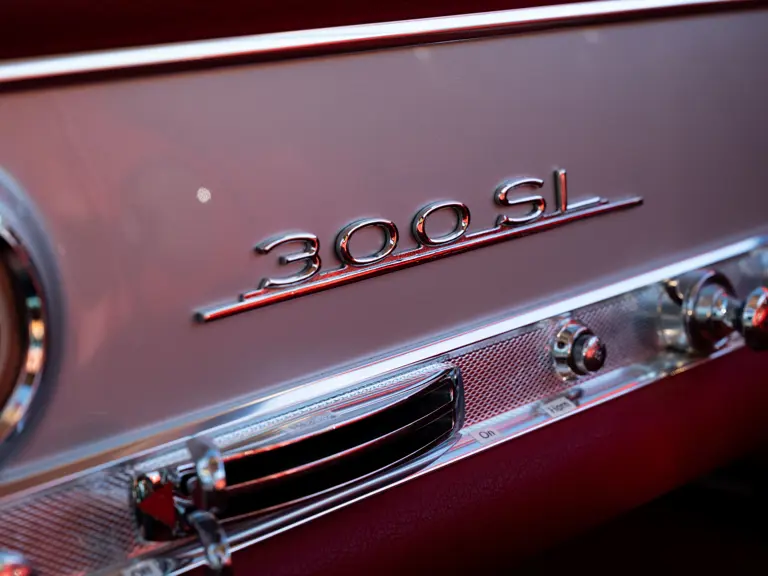
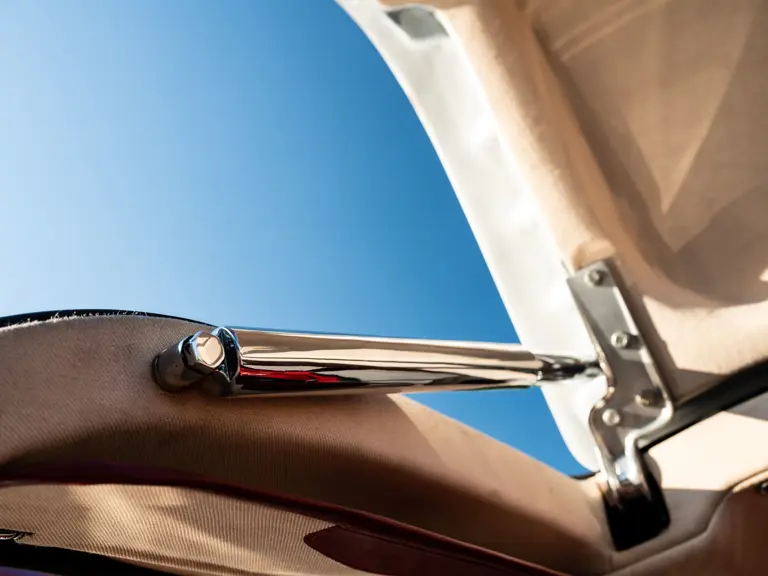
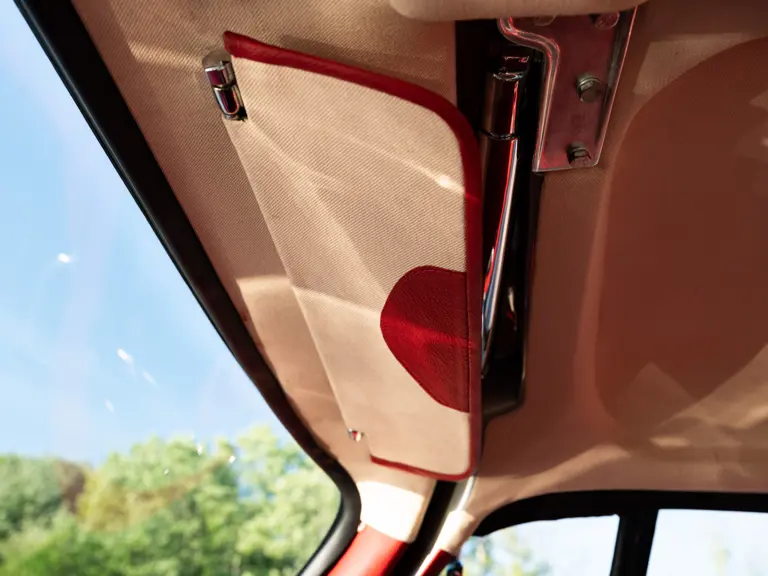

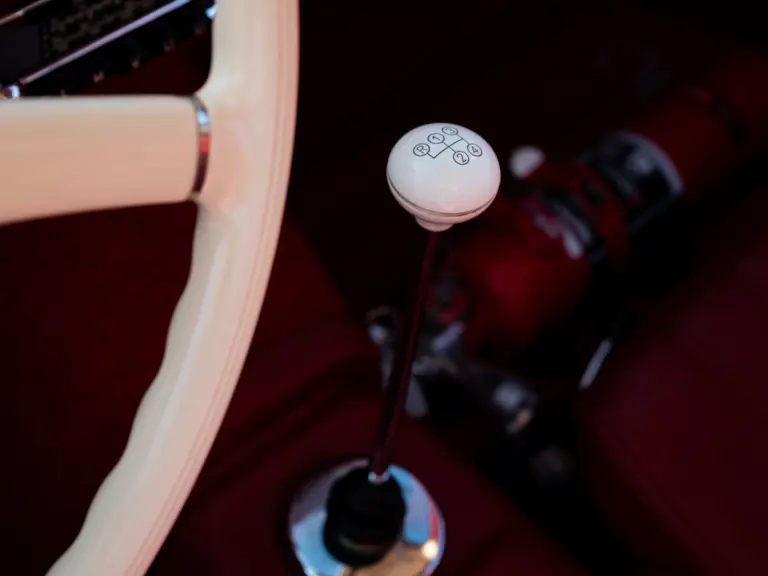
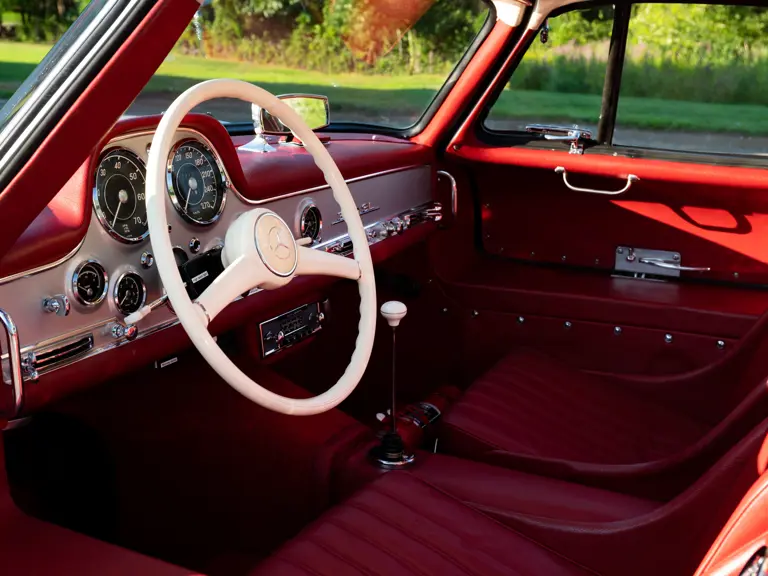
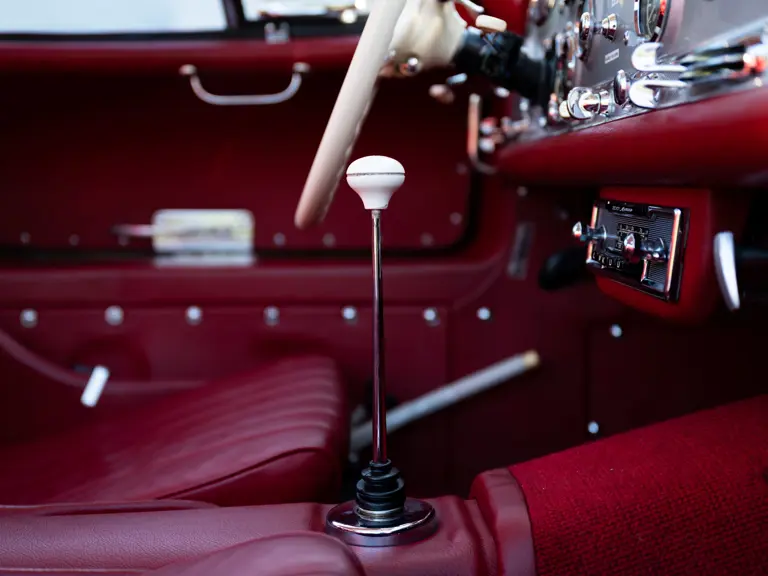
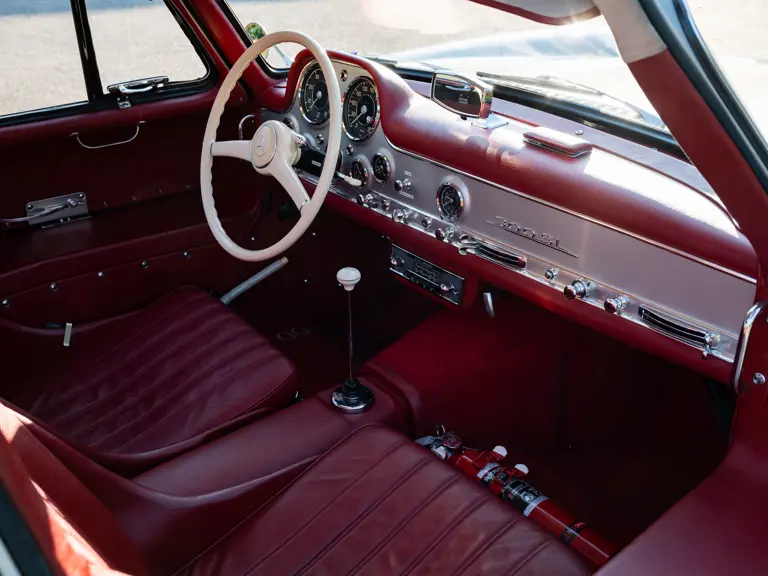
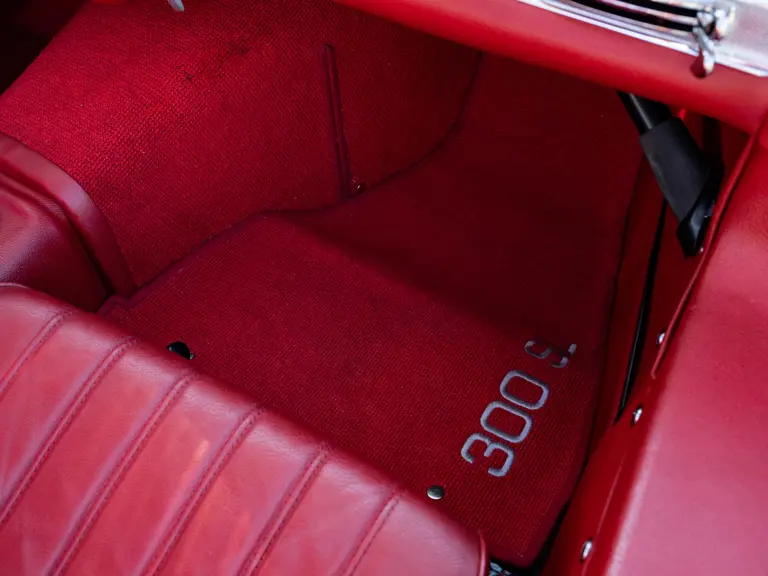
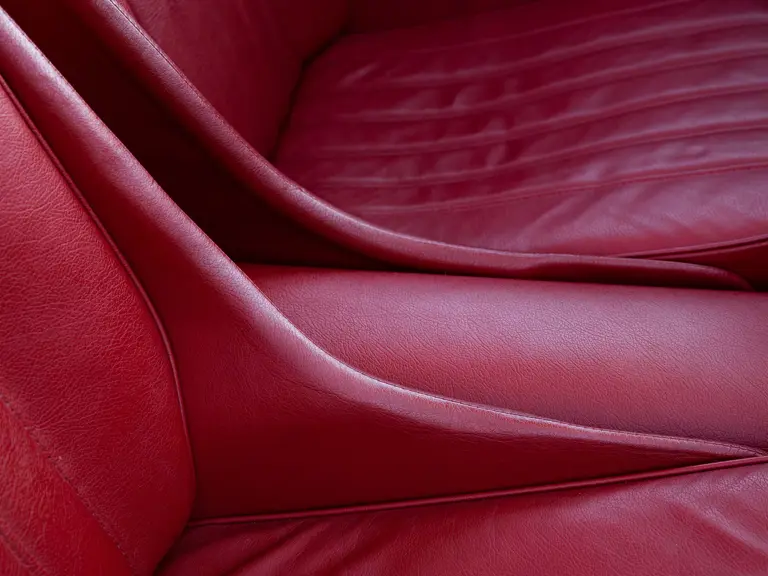
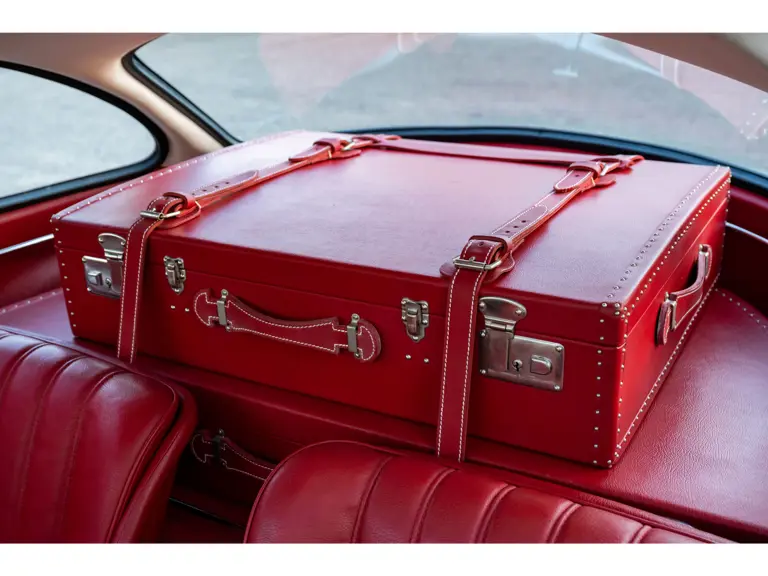

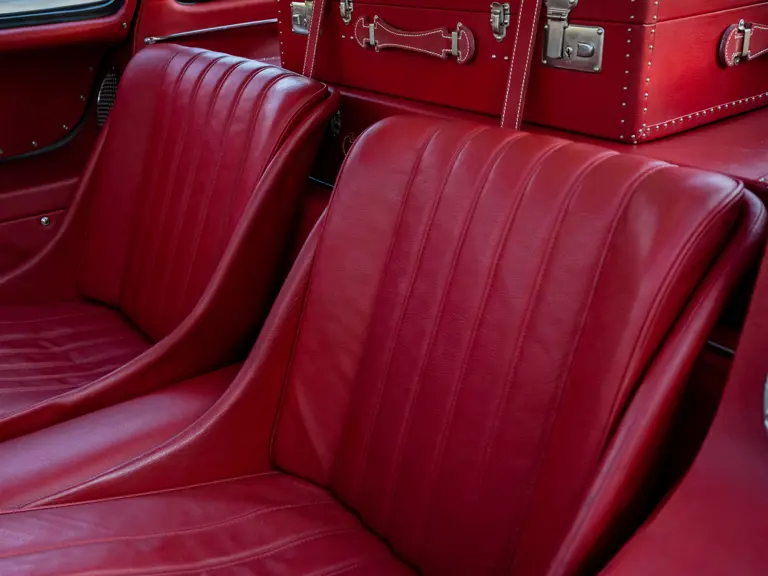
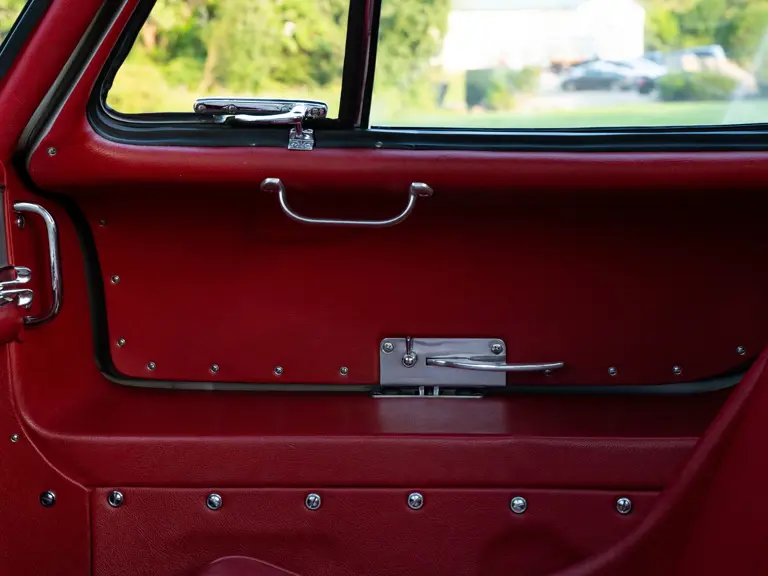

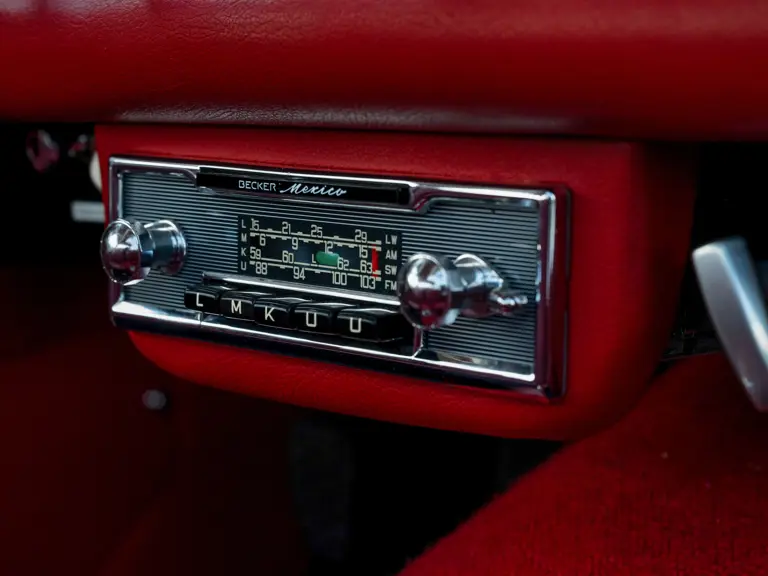
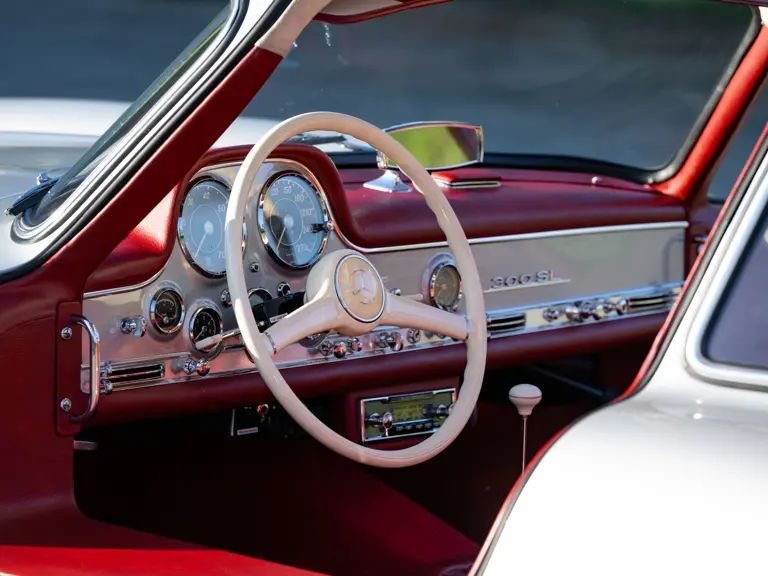
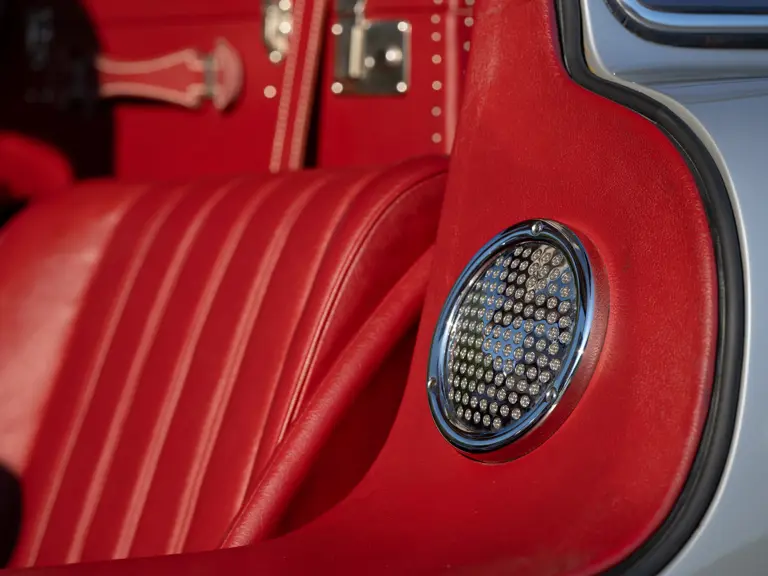
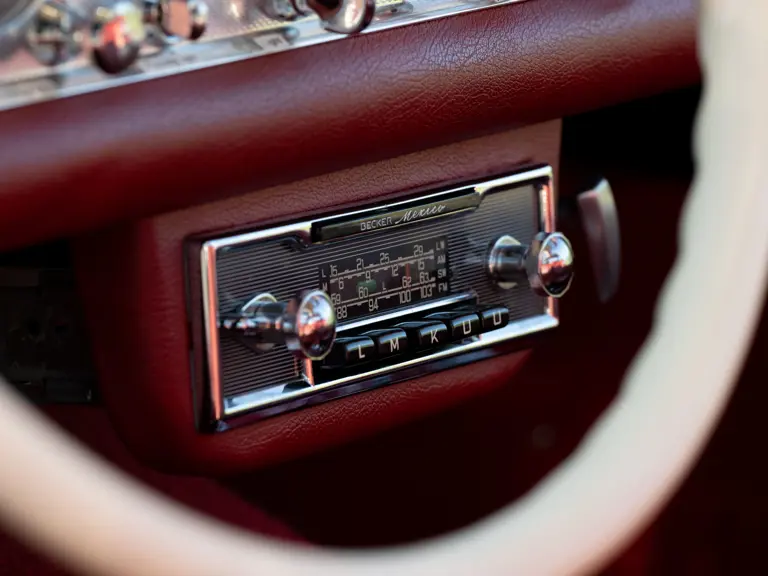
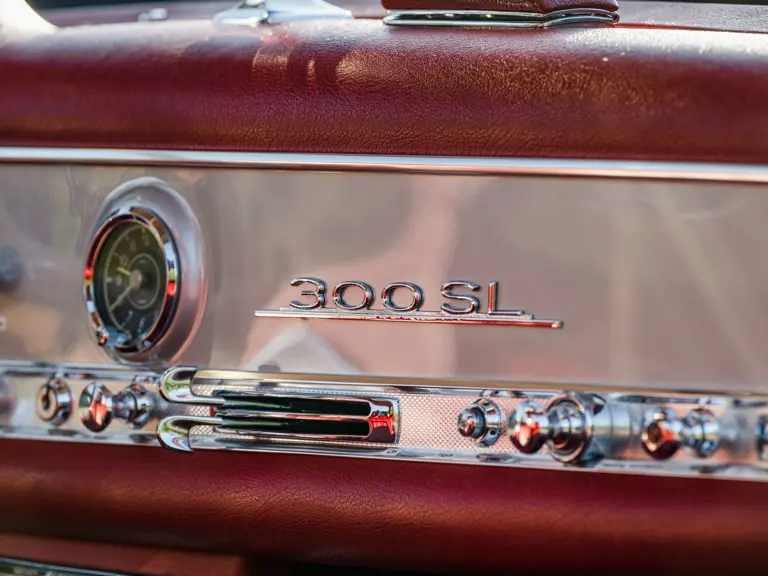
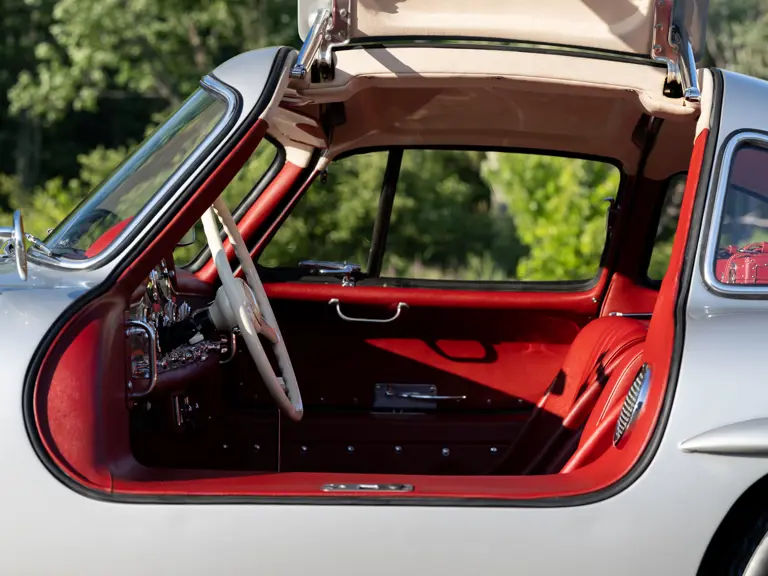


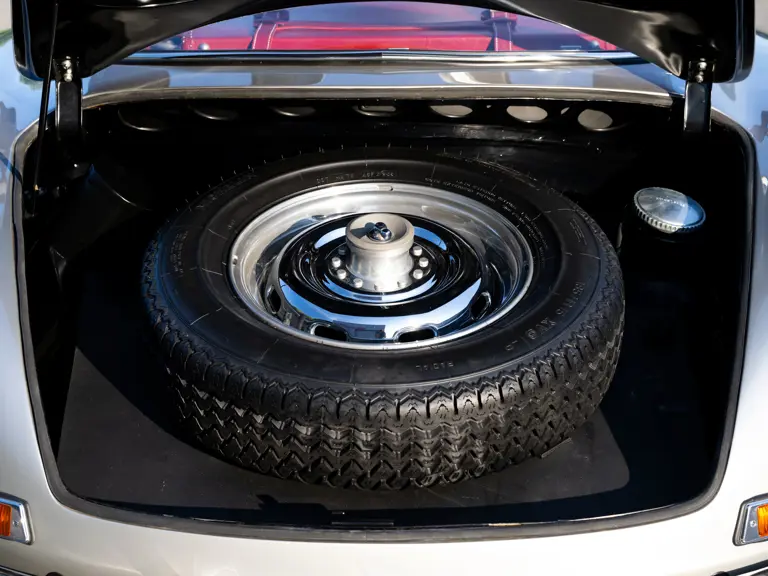

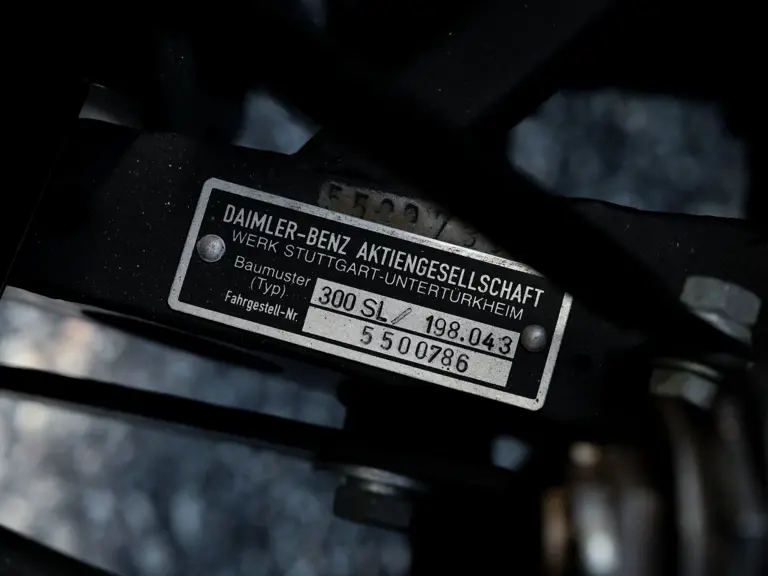
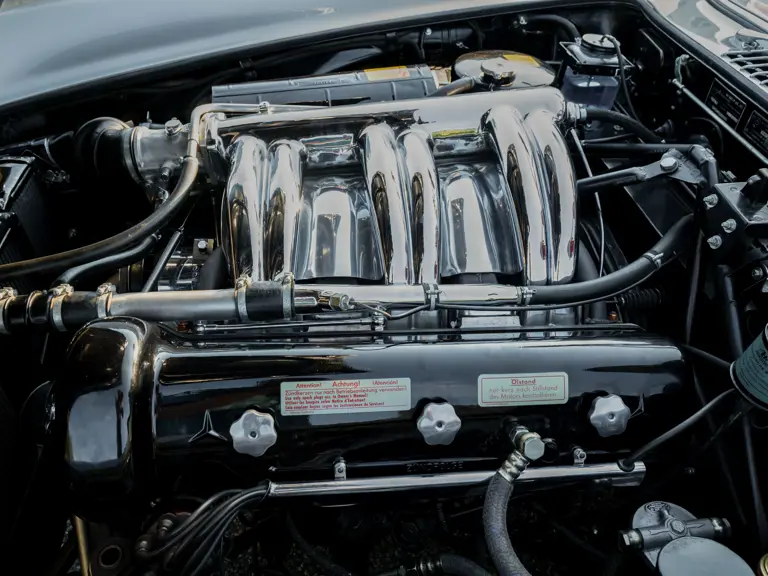
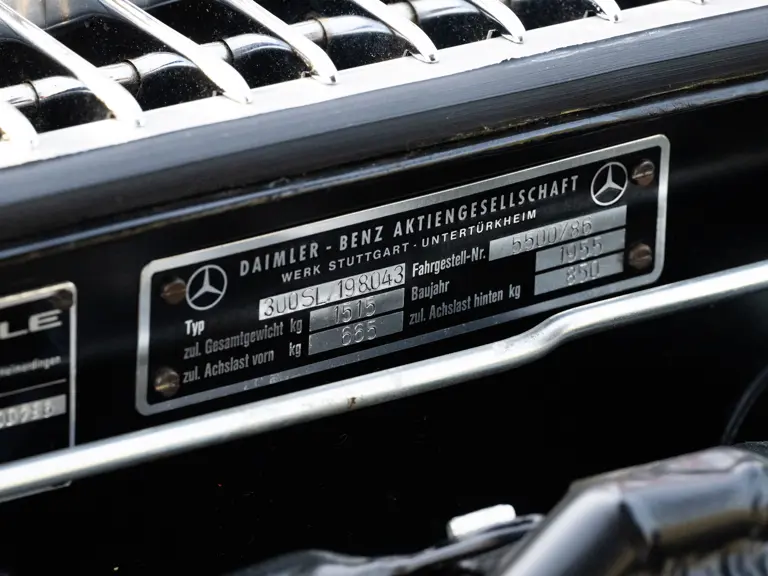

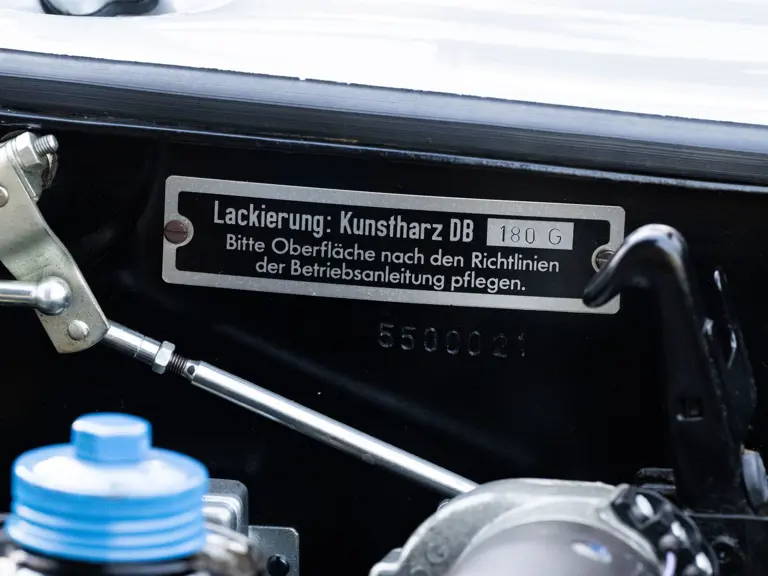
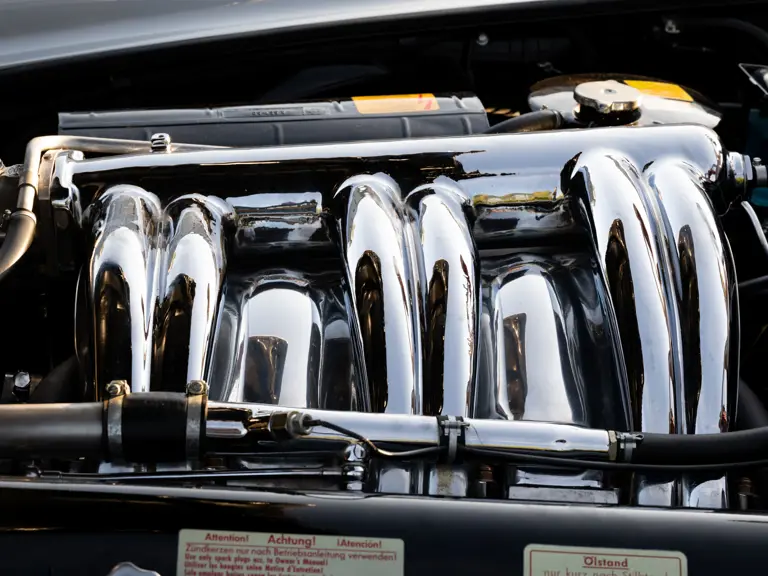
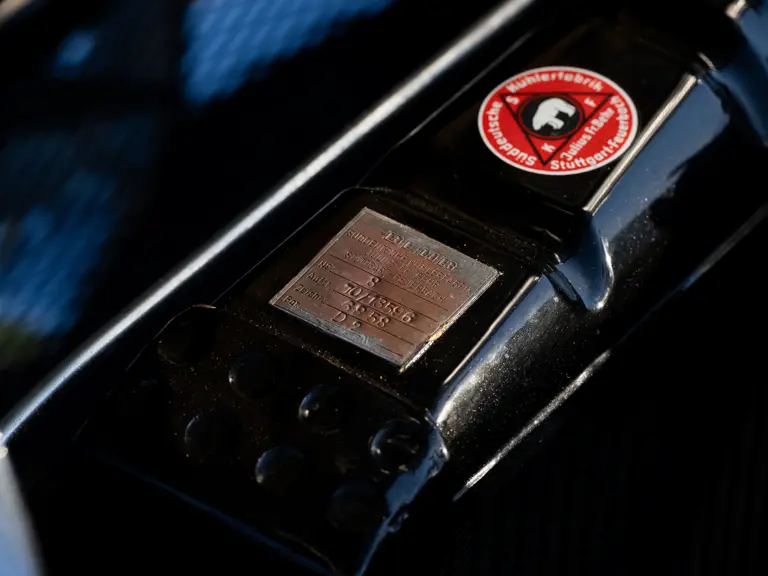
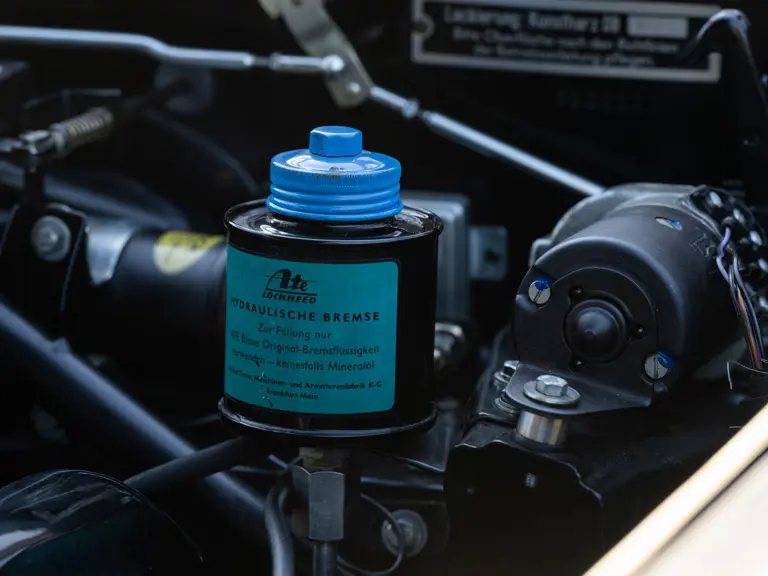
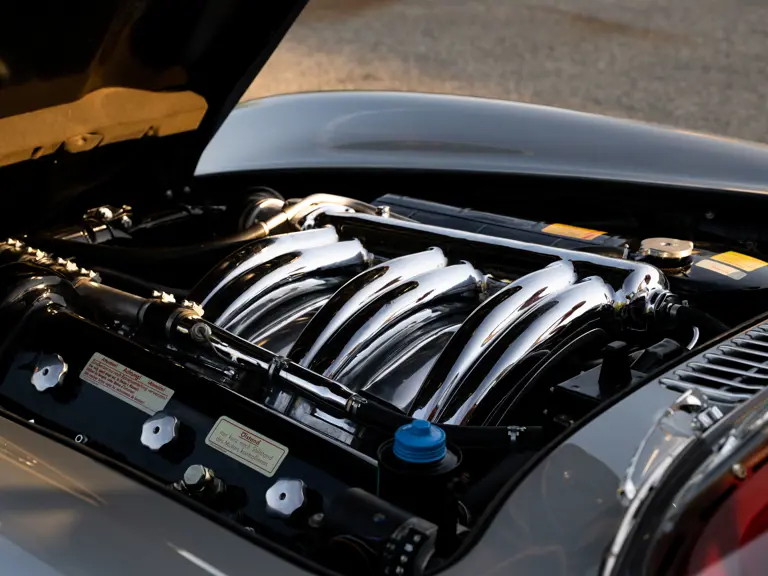
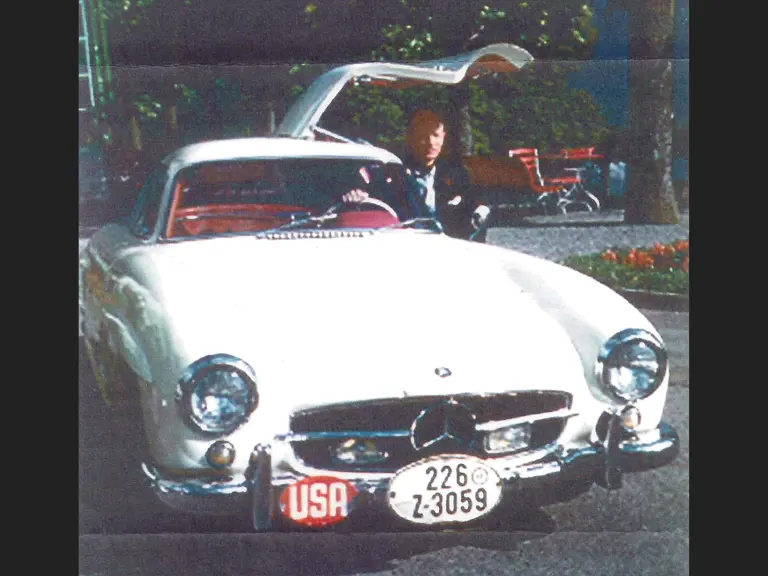
 | Monterey, California
| Monterey, California
